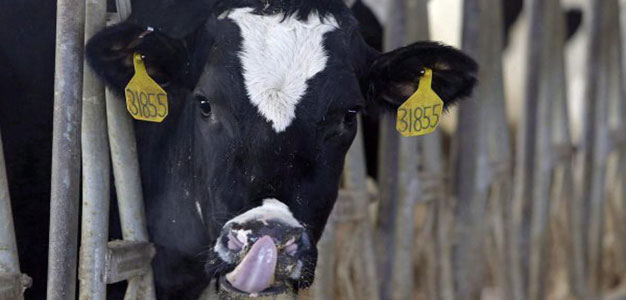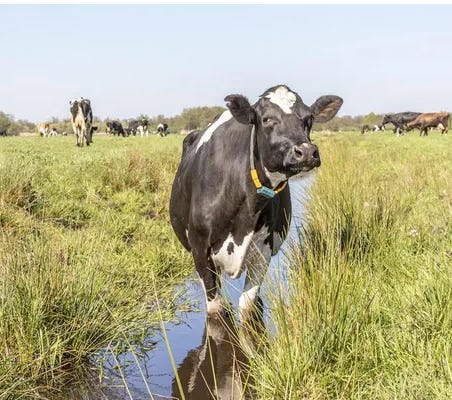
by Robert W Malone MD, MS at Who is Robert Malone

Summary of key points :
- Avian influenza A (H5N1) has been endemic in many parts of the world for decades in a wide variety of bird species. Therefore, this virus cannot be eradicated.
- Infections with the highly pathogenic avian influenza (HPAI) H5N1 (clade 2.3.4.4b) virus have resulted in the death of millions of domestic birds and thousands of wild birds in the U.S. since January, 2022. A large fraction of the millions of domestic birds that have died were intentionally “culled” (slaughtered and buried) in a futile effort to reduce further spread.
- Throughout the current avian outbreak, spillovers of the virus to mammals have been frequently documented.
- Migratory waterfowl are often infected with influenza (including H5N1) and shed large amounts of the virus in their stool (and into open water sources) when infected.
- It is a well-established fact that all influenza A viruses, including H5N1, exhibit exceptional stability in wet environments, including open water sources.
- There remains no evidence of sustained human-to-human transmission of H5N1 clade 2.3.4.4b.
- No human deaths or hospitalizations have been reported from the currently circulating strain of H5N1. Per a Nature Magazine News Brief: A dairy worker in Texas was infected and recovered. The worker’s only symptom was eye inflammation and viral levels in their nose were low, suggesting that they don’t have a respiratory infection, according to the CDC. The virus that the worker contracted is closely related to the strains found in dairy cattle in Texas, with one notable distinction: the worker’s variant has a mutation that is linked to more efficient spread in mammals. The presence of the mutation in the human sample was not surprising; it has appeared many times, including in foxes and cats infected with H5N1.
- Cattle can be infected with the currently circulating strain of H5N1.
- There is no evidence that the strain of H5N1 currently circulating in North American birds (and cattle) is highly pathogenic or lethal in either cattle, humans or other mammals.
- When infected with H5N1, cattle develop mild, transitory symptoms, which include decreased milk production.
- Milk pasteurization destroys…
